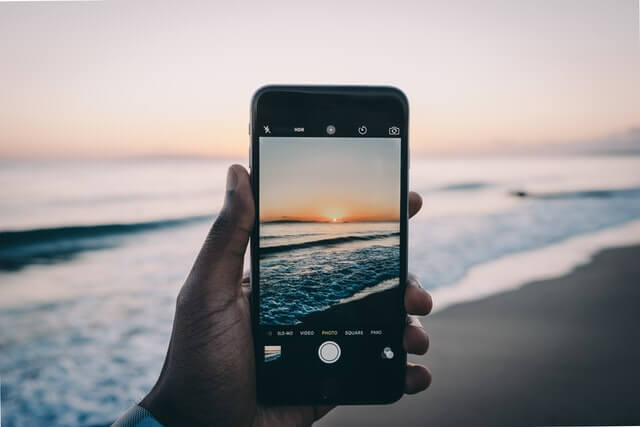First week after surgery, patients will be using a walker and mostly walking in the home. Most folks are able to wean off of the walker and ambulate with either a cane or nothing at all by 2-4 weeks out from surgery. Rule of thumb is that patients are able to stop using the walker or cane once they can do so without limping.
For left-sided hip replacement, patients can return to driving at 2-3 weeks out from surgery as long as they are off of narcotic pain medication.
First 6 weeks should keep activity light and limited to walking. Patients will gradually increase in terms of endurance and distance walking over the first 6 weeks.
After 6 weeks can incorporate light gym exercise, yoga, pilates, and swimming.
No running, jumping, skiing, or higher impact activities until 3 months post op.
Prior to surgery patients will need to undergo preoperative medical clearance with their primary care physician. Patients will need a blood draw for CBC, BMP, PT/PTT, and Urinalysis. Patient’s PCP will need to order an EKG. Once the patient sets a surgical date with our office we send a referral to your primary care physician and our notes to their physician in order to help with coordinating this. This can be done up to 3 months in advance of surgery.
A preoperative COVID test will need to be done 72 hours prior to surgery.
Our preference is a spinal anesthetic for surgery and this allows you to be awake and alert immediately after surgery. The anesthesiologist provides light sedation so that you are asleep during the procedure. This also helps to reduce risk of nausea and vomiting as the anesthesiologist typically does not need to administer any narcotic pain medication during the procedure itself.
Postoperative pain management is typically managed with around the clock Tylenol, once daily meloxicam, and then we prescribe a narcotic for as needed use for breakthrough pain. Some patients use no narcotic at all.
Patients will need hibiclens/chlorhexidine soap to wash with the night before and morning of surgery.
The wound will be closed with sutures that are absorbed by the body and there is nothing to remove. There is some skin glue that is placed over the wound as well. Finally a waterproof dressing is applied over the incision in the operating room after closure. This dressing will stay on for the first week after surgery and can be removed at approximately 1 week out from surgery at your first outpatient physical therapy appointment. Once the dressing is removed you can leave the wound uncovered and open to air.
Patients can begin showering with the dressing on 48 hours after surgery. Once the dressing is removed at 1 week out from surgery you can continue to shower and let water run across the wound. Would just recommend light antibacterial soap if anything such as the chlorhexidine soap. Pat dry do not scrub the incision. Do not submerge the incision under water such as in a bathtub, hot tub, pool, or ocean.
We recommend a walker rather than crutches. We write a prescription for a walker however insurance reimbursement varies, ultimate responsibility is with the patient to ensure you have a walker to use immediately after surgery. Recommend a front wheeled walker that allows for adjustable height.
These medications can be most helpful if taken:
Patients will practice navigating stairs with physical therapy prior to being discharged from the hospital. Patients will be allowed to put full weight on the leg immediately after surgery and will be walking under their own power prior to discharge.
We will put in a referral to in home PT and you can call them to arrange that with them.
Our office will send a Pre-Authorization form to your insurance and the insurance company will let us know if you are approved for this surgery. This takes 3-4weeks. Every patient’s insurance varies in terms of copays and deductibles. We recommend you speak to your insurance plan directly for questions regarding out of pocket costs with regards to physical therapy, surgeon’s fee, facility fee, anesthesia fee, and reimbursement for durable medical equipment such as a walker.
Call the office number above and leave a message. Dr. Thielen can retrieve these after hours messages
The Emergency Room is available as a last resort if concerned about a life or limb threatening condition.
In general, if you feel the issue can be addressed during regular business hours it is best to contact the clinic directly for post op care and questions.
Important Phone Numbers
Maui Orthopedic Institute
Monday through Friday
9am to 4:30pm
808-649-1487

Below are some recent patient testimonials.
